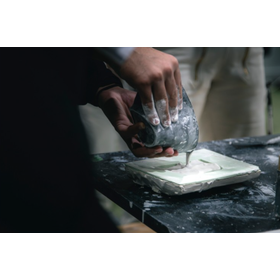1~11 item / All 11 items
Displayed results
Filter by category

Technical Information
I will introduce you to "technical information."














